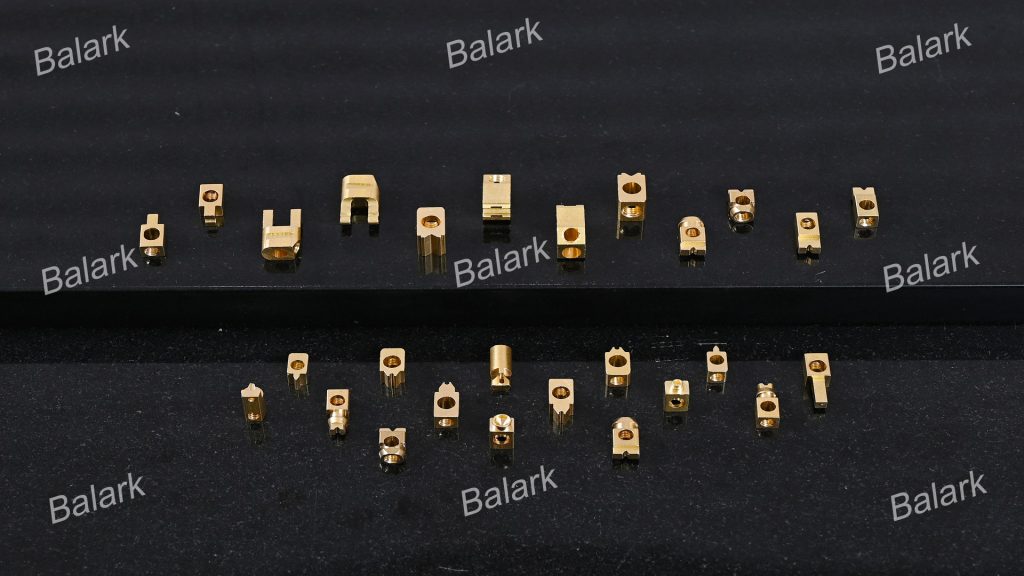In the intricate web of electrical systems, the unsung heroes known as electrical terminals play a pivotal role. This article unravels the importance of these connectors, shedding light on their types, applications, and factors to consider for optimal performance.
Understanding Electrical Terminals
The Bridge of Connection
Delve into the fundamental purpose of electrical terminals as connectors bridging the gap between conductors. These essential components facilitate the seamless flow of electrical current, ensuring precision and reliability in various applications.
Types of Electrical Terminals
Explore the diverse types of electrical terminals, from basic screw terminals to more advanced spring and clamp types. Each variant serves specific purposes, providing flexibility and efficiency in electrical connections.
Choosing the Right Terminals
Considerations for Selection
Understand the key considerations when selecting for a particular application. Factors such as current capacity, insulation material, and environmental conditions play a crucial role in ensuring optimal performance.
Tailored Solutions
Explore how manufacturers offer tailored solutions, providing customized to meet the unique requirements of different industries. This flexibility ensures that the chosen terminals align seamlessly with the specifics of each project.
The Applications of Electrical Terminals
Automotive Systems
Dive into the role of electrical terminals in automotive systems, where precision and reliability are paramount. From engine components to onboard electronics, terminals play a crucial role in powering vehicles.
Industrial Machinery
Explore how it contribute to the functionality of industrial machinery. Their ability to handle high currents and provide secure connections makes them indispensable in manufacturing environments.
The Anatomy
Material Composition
Gain insights into the materials used in manufacturing. Common materials include copper, aluminum, and various alloys, each chosen for its conductivity, durability, and resistance to environmental factors.
Insulation Features
Explore the importance of insulation features in electrical terminals. Proper insulation prevents electrical leakage, enhances safety, and ensures the longevity of the terminals in diverse operating conditions.
Frequently Asked Questions (FAQs)
Can different types be used interchangeably?
In most cases, these are designed for specific applications, and using them interchangeably may compromise performance. It’s crucial to choose terminals based on the requirements of each project.
How do I determine the right size for my application?
The size of electrical terminals depends on factors like current capacity and wire gauge. Manufacturers provide guidelines and specifications to help users select the appropriate size for their specific needs.
Can it be used in outdoor settings?
Yes, some electrical terminals are designed for outdoor use, featuring weather-resistant materials and coatings to withstand environmental challenges.
Do it require regular maintenance?
While it themselves don’t need regular maintenance, it’s essential to inspect and clean them periodically to ensure optimal conductivity and prevent issues like corrosion.
Are there specific safety standards?
Yes, electrical terminals must meet safety standards to ensure reliable performance and user safety. Reputable manufacturers adhere to these standards, providing certified products.
Can I crimp without special tools?
While crimping can be done manually, using specialized crimping tools ensures precision and reliability in creating secure connections.
Conclusion
As the silent conductors of electrical power, electrical terminals are integral to the seamless functioning of various systems. Choosing the right terminals based on specific requirements ensures not just connectivity but precision and reliability in the intricate world of electrical connections.

